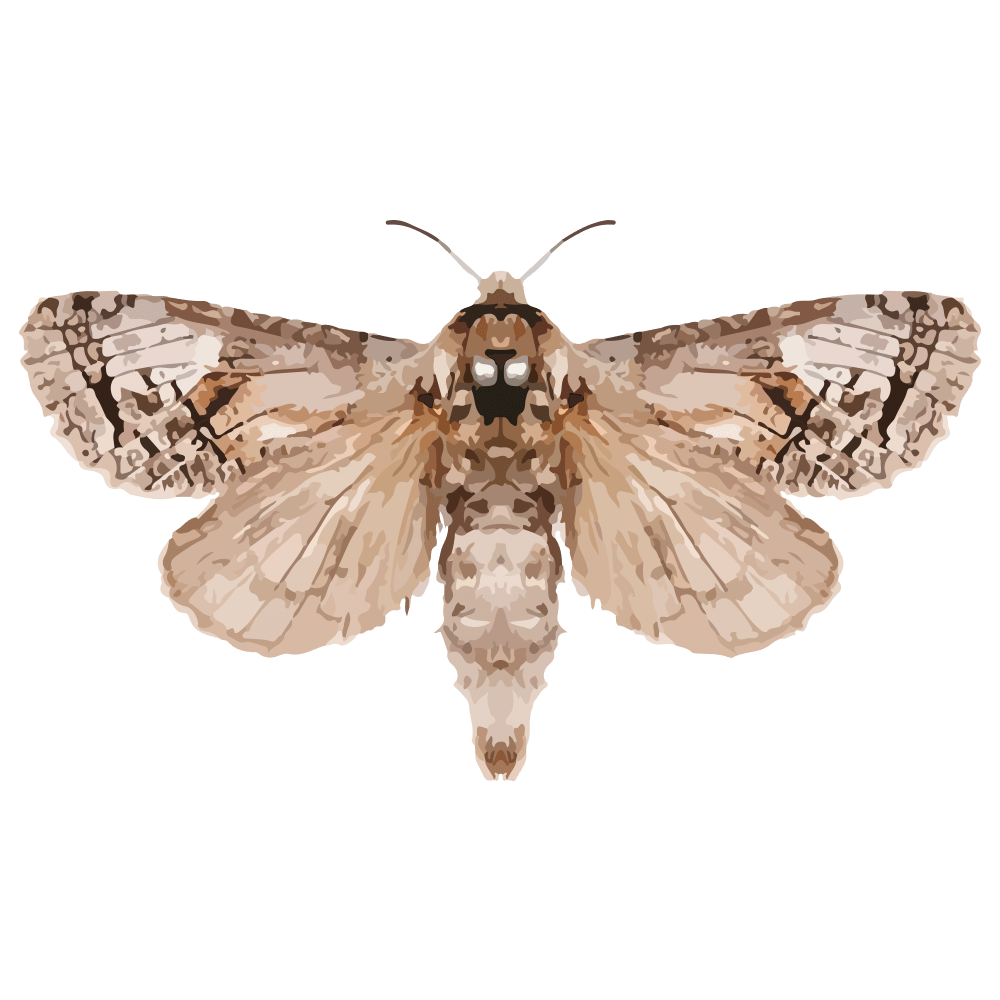


| Latin Name | Eogystia hippophaecolus |
| Common Name | Seabuckthorn root borer |
| Biology | Adults are nocturnal and lay eggs at the base of sea buckthorn trunks or in bark cracks. Larvae bore into sea buckthorn trunks and roots, creating tunnels that weaken the tree, cause branch withering, and in severe cases, kill the entire plant. This species is a key pest of sea buckthorn, widely distributed in sea buckthorn planting areas. |
| Damage | This pest primarily damages sea buckthorn. |
| Distribution Regions | Northern China |
| Monitoring | Pheromone lures mimic natural sex pheromones to attract male insects into specialized traps for population monitoring and suppression. As a core IPM component, monitoring enables early risk detection and targeted control. Mass trapping reduces mating opportunities to curb offspring populations. Protocols: ●Use only with matched traps. ●15-45 traps/hectare,replace/replenish every 4-6 weeks. ●Wear gloves or wash hands with detergent when switching lure types. ●Refer to trap-specific hanging instructions. |
| Recommended Traps | Delta Trap, Wing Trap |

Teilen Sie Ihre Kontaktinformationen, um präzise passende Pheromonlösungen zu erhalten. Sollte unser bestehendes Portfolio keine optimale Lösung bieten, initiiert unser Synthesechemie-Team eine kundenspezifische Entwicklung – vom Molekülstrukturdesign bis zur skalierten Produktion.